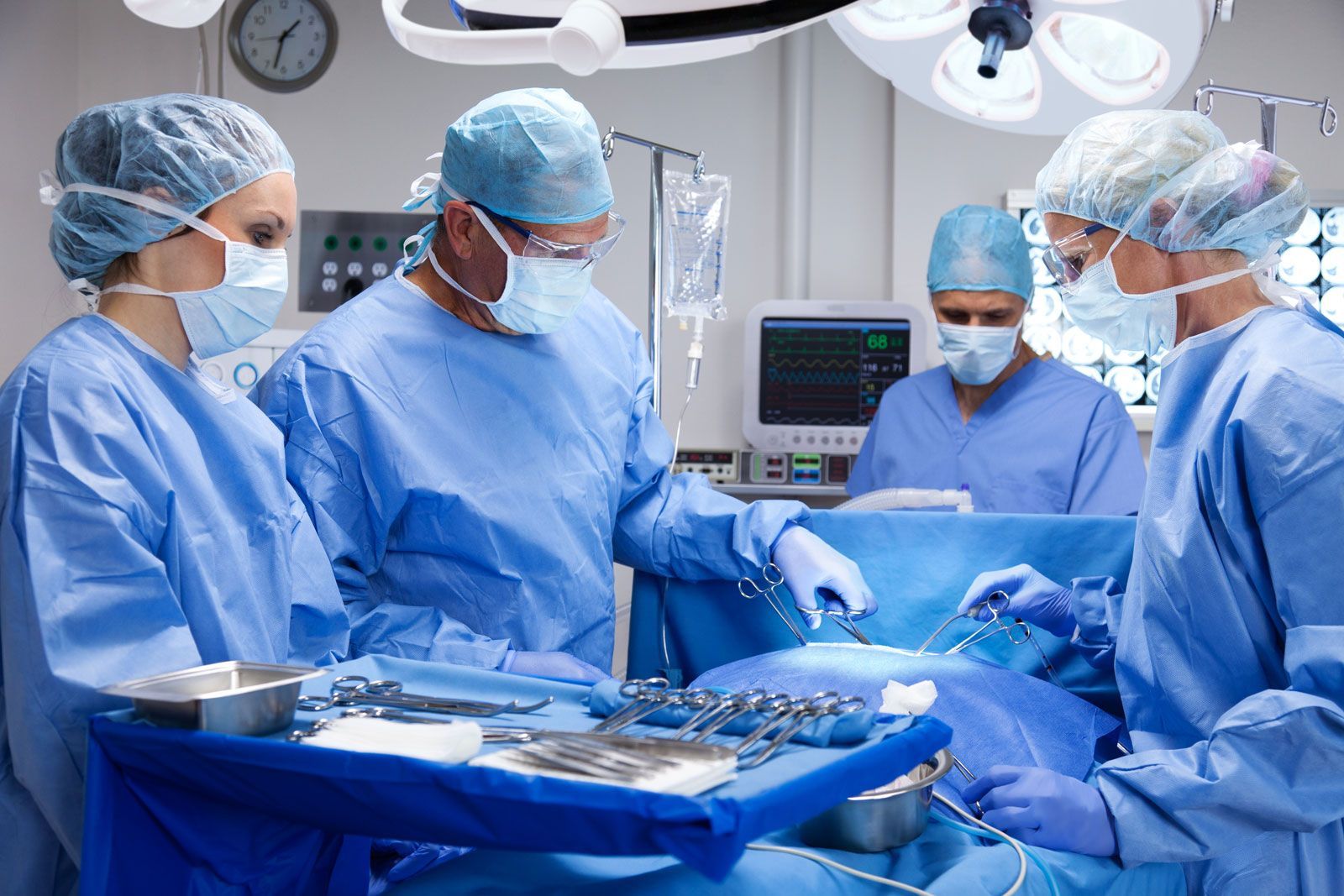Surgical procedures and surgeries refer to medical interventions aimed at treating diseases, injuries, or deformities using manual or instrumental techniques. These procedures may involve incisions, sutures, removal of tissue or organs, or the use of medical devices.
Types of Surgical Procedures
1. Open Surgery
Open surgery is a traditional surgical procedure that involves making large incisions to access the affected area. This method provides surgeons with direct visualization and access to the target site. Open surgery is commonly used for organ transplantation, open-heart surgeries, or cases where delicate precision is required.
2. Minimally Invasive Surgery
Minimally invasive surgery (MIS), also known as laparoscopic or keyhole surgery, involves smaller incisions compared to open surgery. Surgeons use specialized instruments and a tiny camera (laparoscope) to view and perform the procedure. MIS offers several advantages including reduced trauma, faster recovery, and minimal scarring. Common minimally invasive surgeries include gallbladder removal, appendectomy, and certain types of joint surgeries.
3. Robotic Surgery
Robotic surgery involves the use of robotic systems to assist surgeons in performing complex procedures with improved precision and control. The surgeon manipulates robotic arms, which carry out the surgical tasks with enhanced dexterity and accuracy. Robotic surgery is commonly used in procedures such as prostate surgery, cardiac surgeries, and some types of gynecological procedures.
4. Endoscopic Surgery
Endoscopic surgery utilizes specialized instruments called endoscopes to examine and operate on internal organs and vessels through natural body openings or small incisions. This technique allows visual examination and treatment of areas that would otherwise require open surgery. Common endoscopic procedures include colonoscopy, arthroscopy, and bronchoscopy.
Common Surgical Procedures
1. Appendectomy
Appendectomy is the surgical removal of the appendix, usually due to acute appendicitis. It can be performed using open surgery or minimally invasive techniques, depending on the severity and presentation of the condition.
2. Cholecystectomy
Cholecystectomy is the surgical removal of the gallbladder. It is performed to treat conditions such as gallstones, gallbladder inflammation, or gallbladder cancer. Most cholecystectomies are now done laparoscopically.
3. Coronary Artery Bypass Grafting (CABG)
CABG is a surgical procedure used to treat severe coronary artery disease. It involves creating bypasses using healthy blood vessels from other parts of the body to allow blood flow around the blocked or narrowed coronary arteries, thereby improving blood supply to the heart.
4. Hysterectomy
Hysterectomy is the surgical removal of the uterus. It may be performed to treat conditions such as uterine fibroids, endometrial cancer, or heavy menstrual bleeding. Hysterectomies can be done through open surgery, laparoscopy, or robotic-assisted approaches.
Risks and Benefits
Risks
Like any medical procedure, surgical procedures carry certain risks. These risks may include infection, bleeding, adverse reactions to anesthesia, blood clots, or damage to surrounding tissues or organs.
Benefits
Surgical procedures offer numerous benefits, such as effective treatment of certain conditions, improved quality of life, and relief from pain or discomfort. They can also help prevent future complications and enhance overall well-being.
Conclusion
Surgical procedures and surgeries play a vital role in medical interventions, providing treatment and relief to patients suffering from various conditions. With advancements in technology and surgical techniques, today's procedures offer improved precision, reduced invasiveness, and faster recovery times. When considering surgical options, it is important to consult with healthcare professionals to understand the risks, benefits, and suitable surgical approaches for individual cases.


